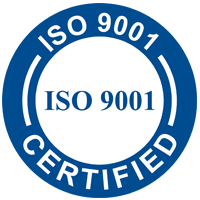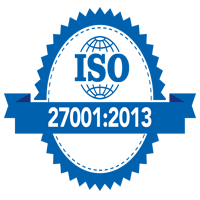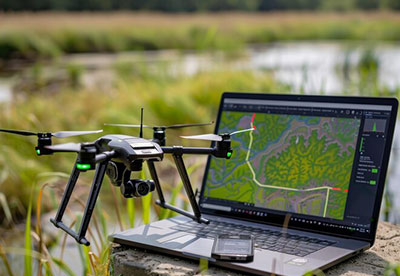The tech stack is the collection of all the tools and technologies used to build and run an application. In today’s tech environment, staying ahead of the curve is significant to building a modern-day application. Therefore, developers must be well-versed in using the technologies that can lead to project success.
As compared to older stacks, which lack flexibility, building complex app features requires a lot of custom coding. Modern tech technologies are not just a luxury but a necessity. Modern tech stack can handle the demands of today’s web.
Modern Tech stack is a necessity to deal with-
- Large volumes of data, as modern applications, require it
- Multiple device compatibility
- Get real-time data flow and updates
- Modern stacks leverage cloud platforms for scalability, cost efficiency, and reducing dependency on on-prem. infrastructure
Let’s dig into components of Modern Tech Stack-
Front End Technologies
Whatever the users check directly on the website and can interact with such as navigation menus, images, buttons, and design elements, comes under the front end. The foundational languages used for web page structure, styling, and interactivity are HTML, CSS, and JavaScript. In addition to these programming languages, frameworks are used to build complex and scalable web applications more efficiently. Framework offers a library of pre-built components such as menus, buttons, etc. which saves app development time and ensures consistency across the application. As per Github, the most popular frameworks in 2023 were in this sequence React, Angular, Vue.js 16., AngularJS, Svelte, and Solid.js.
Back End Technologies and Frameworks
The backend is the server side of the website ensures that everything on the client side works well by handling requests, and sending responses to the query. Languages like Python, Java, and Node.js handle server-side functionalities and interact with databases.
In addition to these backend languages, frameworks are used, which is the collection of libraries and languages to help developers build applications smoothly. Some of the popular and most used backend frameworks are Ruby on Rails, ASP.NET Core, Django, and Spring Boot. Each of these technologies has unique features and their own benefits. The choice of such totally depends on what is best suited for your project.
Backend developers work with databases, servers, and APIs to ensure the smooth functioning of the application.
Database
Databases store and manage the application data. Backend languages and frameworks interact with databases to deliver data to the front end. It consists of rational and non-rational databases and popular databases are MySQL, MongoDB, PostgreSQL, Oracle, Redis, and so on.
APIs (Application Programming Interfaces)
APIs are the crucial components that act as a messenger and facilitate communication between the user-facing part and the core functionalities happening behind the application development. In simpler terms, APIs are used to facilitate communication between the client-side (front end) and server-side (back end) of an application.
DevOps Practices
DevOps practices are an integral part of modern tech stacks. It boosts the collaboration between the development and operations teams and improves the software delivery cycle. CI/CD (Continuous Integration and Continuous Delivery/Deployment) plays a central role in DevOps by automating the software development lifecycle, by focusing on integration, testing, and delivery. It automates the manual task of code building, testing, and deployment. Some of the popular DevOps tools are Puppet, Docker, Jenkins, and Kubernetes.
Cloud Platforms
Integration of cloud solutions is now a necessity offering scalable, flexible, and cost-effective solutions. With cloud solutions, there is no requirement to maintain on-premises infrastructure, rather all the data gets stored on the cloud, saving storage costs. The cloud computing tech stack is composed of three layers: PaaS, IAAS, and SaaS. Popular cloud platforms are AWS, Microsoft Azure, Google Cloud, and so on.
Final Words
The best tech stack is one that aligns with your project’s needs, budget, and app goals. Developers need to understand the components of the technology stack to choose the right tools for successful application development. By developing the application with the right tools, developers can ensure that the users receive the best app experience and easy app navigation.
At Canopus Infosystems, we understand that project success highly depends on the knowledge of the right tools and the quality of the development team. Our experienced engineers have the right skills and expertise to develop applications by leveraging modern tech stacks. You can rely on us and hire pre-vetted developers to ensure your projects are executed flawlessly.
3 mins read

















